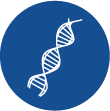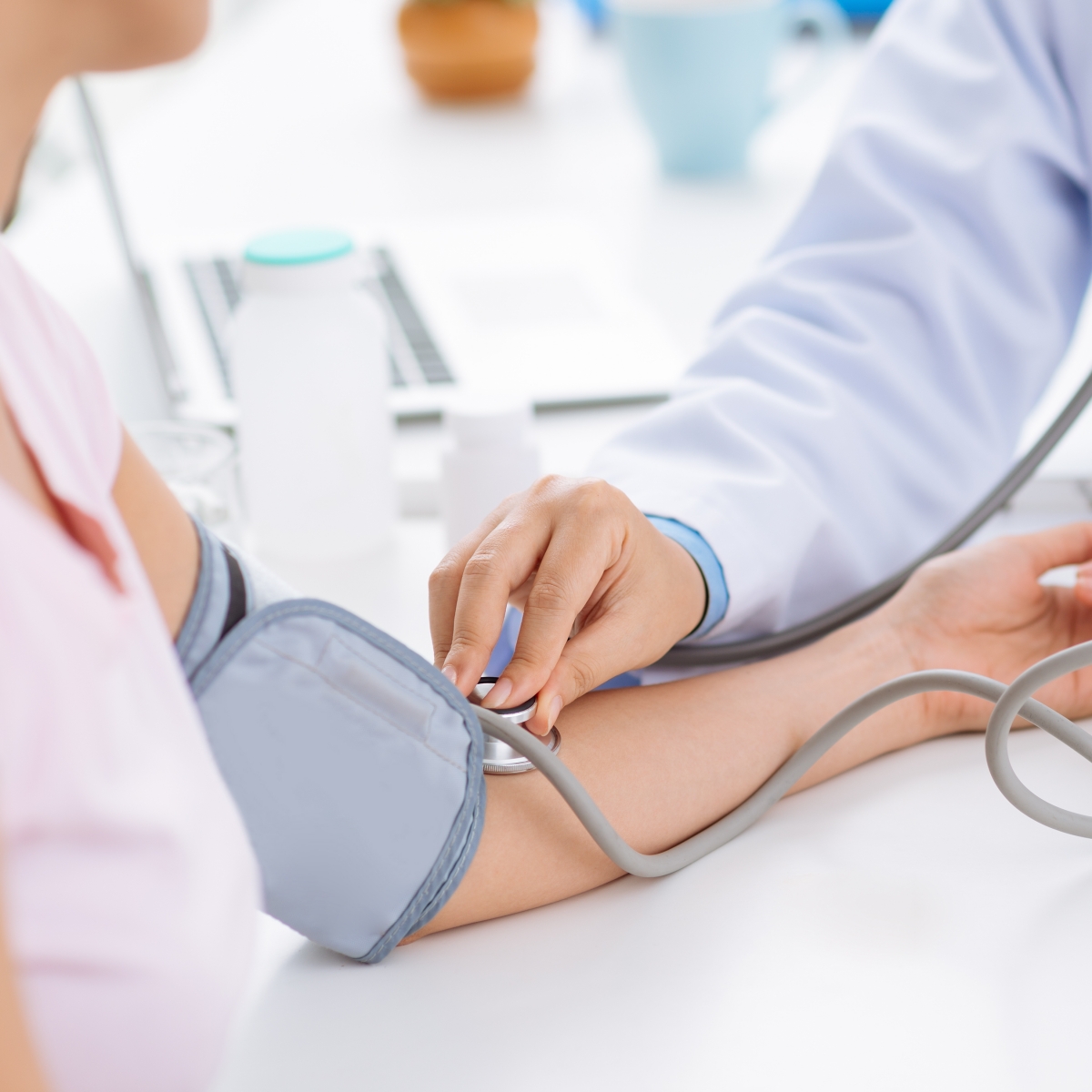Preventing Hypertension: Beating The Silent Killer
“Preventing Hypertension: Beating The Silent Killer”

Human’s blood pressure occurs when the heart pumps blood to other organs in the body. When the heart’s muscles contract, pressure is present in the arteries. However, when this pressure is higher than usual, hypertension occurs. Two factors go into the diagnosis of hypertension, 1) Systolic Blood Pressure (SBP), which measures blood pressure as the heart contracts, and 2) Diastolic Blood pressure (DBP), which measures as the heart relaxes.
According to the Thai Hypertension Society, blood pressure that measures, by a healthcare provider, over 140 mmHg for SBP and over 90 mmHg for DBP is considered a case of hypertension.
The Situation on Hypertension
The World Health Organization (WHO) reports that around 1.28 billion adults aged between 30-79 years suffer from hypertension. Two-thirds of these patients tend to live in low- and mid-income countries. In the United States, where 1 in 3 adults suffer from hypertension, many with the condition are yet to realize its harm and refuse to receive proper treatment or adopt a serious countermeasure.
In Thailand, the Thai Hypertension Society reveals that 1 in 4 Thai adults suffer from hypertension. It is also reported that only 48% of them are in the care system. Thus, a big number of hypertension patients have yet to start their treatment or lack a regular routine treatment.
The Silent Killer: Etymology
The first state of hypertension usually shows no visible symptoms. Patients tend to be unaware of their rising blood pressure until they are properly measured. Allowing one’s blood pressure to continue to rise often results in other heart and coronary-related diseases, such as coronary artery disease, heart failure, stroke, and renal failure. This has earned hypertension its nickname, the Silent Killer.
Change of Habit: The Ultimate Weapon Against the Silent Killer
A study conducted on patients with hypertension-risk genetics finds that those in the study group who maintain appropriate lifestyles not only keep their SBP and DBP at a lower level than those who don’t, but also keep their risk of heart and coronary diseases, as well as stroke, lower than the rest. Therefore, maintaining appropriate lifestyles is the most basic and vital part of preventing such diseases. Appropriate lifestyle includes many activities, such as:
- Regular blood pressure monitoring - A patient monitoring their own blood pressure makes them become aware of their well-being. Hypertensive patients should learn the proper method of using a monitor from an expert, and adhere to a routine in measuring their own blood pressure. This is so that they can be aware of whether they should receive treatment or adapt to any change as soon as they can.
- Maintaining a proper body weight - Obesity is a major factor that contributes to hypertension in the United States. Over 122 million adults, or 47% of the adult population, suffer from hypertension, and almost 42% of the said population are considered obese. Therefore, maintaining an appropriate body weight, shedding 5-10% of the original body weight, and maintaining that lower weight can help lower blood pressure and insulin resistance.
- Being physically active - Regular physical activities stimulate the respiratory and blood circulation system. Generally, adults are recommended a mix of many types of physical activities, as follow:
· Aerobic exercise: At least 150 minutes per week for moderate intensity or 75-90 minutes per week for high intensity are recommended.
- Resistant exercise: At least twice a week.
- Incidental exercise: This includes walking up staircases instead of using an elevator, walking or cycling to work instead of driving, doing chores, and so on.
- Limit sodium consumption - Avoiding regular consumption of high sodium food, such as, highly processed food or processed meat, frozen food, instant noodles, preserved food including condiments like seasonings, soy sauce, bouillon powder, salt, shrimp paste, and so on. The recommended daily consumption of sodium is 2,000 milligrams, which is equivalent to 1 teaspoon of salt.
- Avoid alcohol - Avoid consuming alcohol and binge drinking or, as the saying goes, ‘drinking like a fish’.
- Avoid smoking and second-hand cigarettes - Tobacco and electronic cigarettes are both capable of causing acute high blood pressure. They also play a big part in increasing stroke and coronary artery disease risks. Thus, avoid all kinds of smoking tobacco, including inhaling smokes from smokers (second-hand smoke), as they are equally as dangerous.
- Stress management - Stress, anxiety, and depression may lead to other risky habits, such as, eating unhealthy food, smoking, drinking alcohol, and having sedentary lifestyles. Finding a way to manage stress is, therefore, vital. This may include practicing meditation, yoga, and learning to let go of stress.
- Avoid air pollution exposure - Being exposed to carbon dioxide, carbon monoxide, sulfur oxide, and PM2.5 particles from construction zones, buses/cars, and wildfire hazes are all related to rising blood pressure. So it is recommended to avoid being in or near places where such pollution is apparent. If these situations cannot be avoided, face masks should be worn, and it is recommended to take shelter immediately after the exposure.
Hypertension is considered a public health issue and one of many causes of early death of many around the world. Once their causes and risks are understood and proactive healthcares, like appropriate change in lifestyle and regular blood pressure monitoring, are put to practice; it could help lower possible complications, better a patient’s quality of life, and is the best prevention and triumphant over this silent killer.
Article by BDMS Wellness Clinic Institute and Bangkok Association of Regenerative Health and The Study of Obesity




